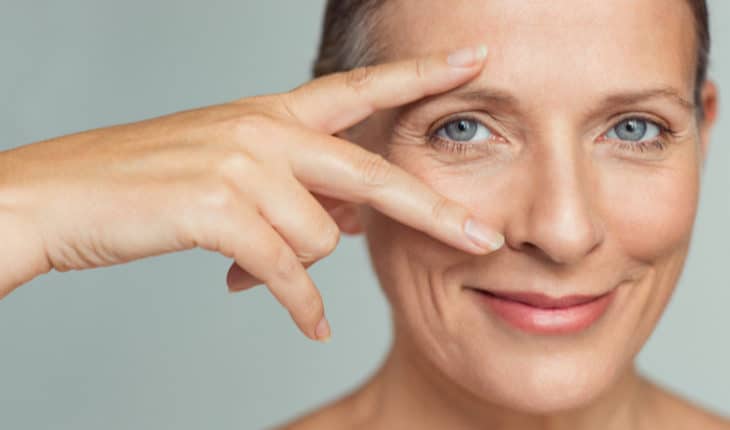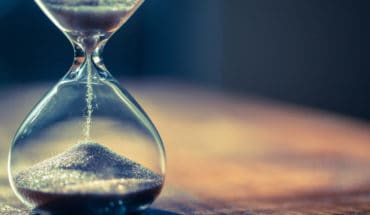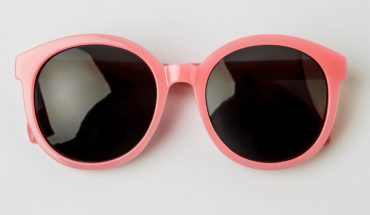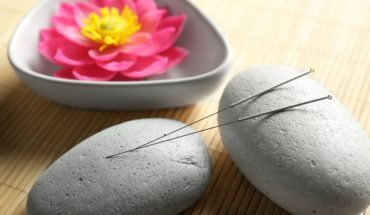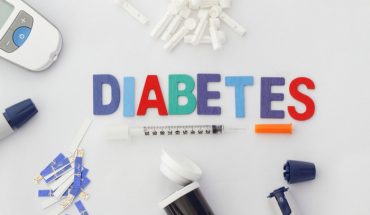Tracking down the mechanisms of skin ageing – Launch of new Christian Doppler Laboratory: The ageing process is most apparent on the skin. In the newly opened “SKINMAGINE” (Multimodal Imaging of Aging and Senescence of the Skin) Christian Doppler Laboratory, dermatologists from MedUni Vienna have joined forces with biotechnologists from the University of Natural Resources and Applied Life Sciences Vienna and chemists from Vienna University of Technology, as well as the company Chanel, to study the interaction of metabolism, cellular communication and cellular quality control in skin ageing accelerated by environmental stress.
Skin ageing does not happen in isolation but in interaction with the environment and changing processes in the body as a whole. It is accelerated by the “urban exposome”, the combined impact of factors such as environmental pollution and sunlight. Normal skin ageing and skin ageing accelerated by the urban lifestyle affect lipid, protein and glucose metabolism, the capacity for regeneration and communication in the tissue. “We want to analyse at a cellular level the interaction of the mechanisms that contribute to skin ageing with the greatest possible optical, chemical and biochemical precision,” explains Laboratory Director Florian Gruber from MedUni Vienna’s Department of Dermatology.
Economics Ministry funds basic research
“Skin ageing is the most visible manifestation of ageing. This CD Laboratory will bring us new knowledge about the mechanisms of cell ageing, while at the same time providing a basis for new and innovative skincare products. The international participation in this endeavour is testament to the outstanding research produced by our researchers in this field,” emphasises the Minister for Science and Research, Margarete Schramböck.
MedUni Vienna, Vienna University of Technology and University of Natural Resources and Applied Life Sciences Vienna: A large research network
The researchers also aim to develop new simple, quick and painless methods for monitoring skin ageing phenomena in healthy people. This could be achieved with Raman microspectroscopy, which was established several years ago by Markus Schosserer in the “Multiscale Imaging” core facility for cell cultures and tissue samples at the University of Natural Resources and Applied Life Sciences Vienna. “Apart from our academic interest in new, non-invasive methods for studying skin ageing, these techniques will greatly simplify the testing of new skincare products in the future,” says Schosserer.
“Imaging mass spectrometry enables us to pinpoint thousands of biological molecules in tissue, as well as skincare products in the skin. We are therefore able to produce a skin-condition ‘map’,” explains Martina Marchetti-Deschmann. Mass spectrometry is being combined with other imaging techniques to produce a multimodal application that provides comprehensive information about fundamental biological processes. The laboratory will also test the potential for assessing a person’s skin condition by taking a sample directly from the surface of the skin and inputting it into the device online.
“The Dermatology Department of MedUni Vienna will work closely with Vienna University of Technology, University of Natural Resources and Applied Life Sciences Vienna and commercial partner Chanel to further our understanding of skin ageing processes. New, innovative approaches are needed to study the impact of environmental factors, for example,” says Michaela Fritz, Vice Rector for Innovation and Research at MedUni Vienna.
“Christian Doppler Laboratories are a unique funding instrument that guarantees the transfer of knowledge from universities to industry in an efficient and unbureaucratic way and highlights how productive the coupling of basic research and applied research can be,” stresses Christian Obinger, Vice Rector for Research and Innovation at the University of Natural Resources and Applied Life Sciences Vienna. “This interdisciplinary CD Laboratory is a continuation of the successful collaboration between the participating Viennese universities. In order to solve complex biological questions, it is necessary to have cross-institutional and complementary professional expertise and to pool high-quality research infrastructures. With the former CD Laboratory for Biotechnology of Skin Aging, the University of Natural Resources and Applied Life Sciences Vienna laid the foundation for this collaboration and its module will focus on the characterisation of senescent skin cells, especially in terms of protein synthesis and RNA modifications.”
“In keeping with our motto “Technology for people”, we see our primary goal as translating research results into applications, such as chemical processes or products. With this in mind, the Christian Doppler Research Association, with its funding programme, is the perfect partner,” says Marko Mihovilovic, Dean of the Faculty for Technical Chemistry of Vienna University of Technology.
This research is possible due to the combined application of various imaging, chemical, enzymatic and immunohistological techniques. Experiments in cultured cells or tissue extracts do not provide the full picture when it comes to the relationships between cellular ageing (senescence), stress, communication and metabolism, especially since the skin is such a complex and dynamic organ. Moreover, senescent cells exhibit signs of diminished internal quality control. The senescent cells communicate their altered state to their “microenvironment” via a mix of signalling substances (proteins, lipids and nucleic acids), thereby altering it. If these signals are emitted over a protracted period, the microenvironment and tissue are permanently damaged, setting the scene for pathological processes to take hold.
However, it is a big ask to characterise these changes with single, stand-alone methods. This CD Laboratory therefore uses a so-called multimodal method of analysis to overcome the challenges of analysing skin biopsies and to master its own skin ageing models. This involves using a combination of e.g. mass spectrometric imaging with Raman microspectroscopy, immuno(fluorescence) histology and metabolic imaging. The results of the respective methods are subsequently combined using algorithms, which the laboratory is constantly refining. This produces an analytical map of the senescent cells in their microenvironment.
“Apart from gaining hitherto elusive basic knowledge about skin ageing, we will be able to use the models to specifically test whether and how candidate ingredients for skincare products can combat the changes to metabolism, microenvironment, communication or cellular quality control caused by stress or associated with ageing,” explains Gruber.
Presentation of the “Skinmagine” Christian Doppler Laboratory
A comprehensive video presentation of the new CD Laboratory is available at: www.meduniwien.ac.at/skinmagine
- Christmas Is for All - 19th December 2025
- Intense influenza season driven by new strain - 19th December 2025
- KFSHRC Develops Novel Technique to Treat Inner Ear Disorders - 19th December 2025

